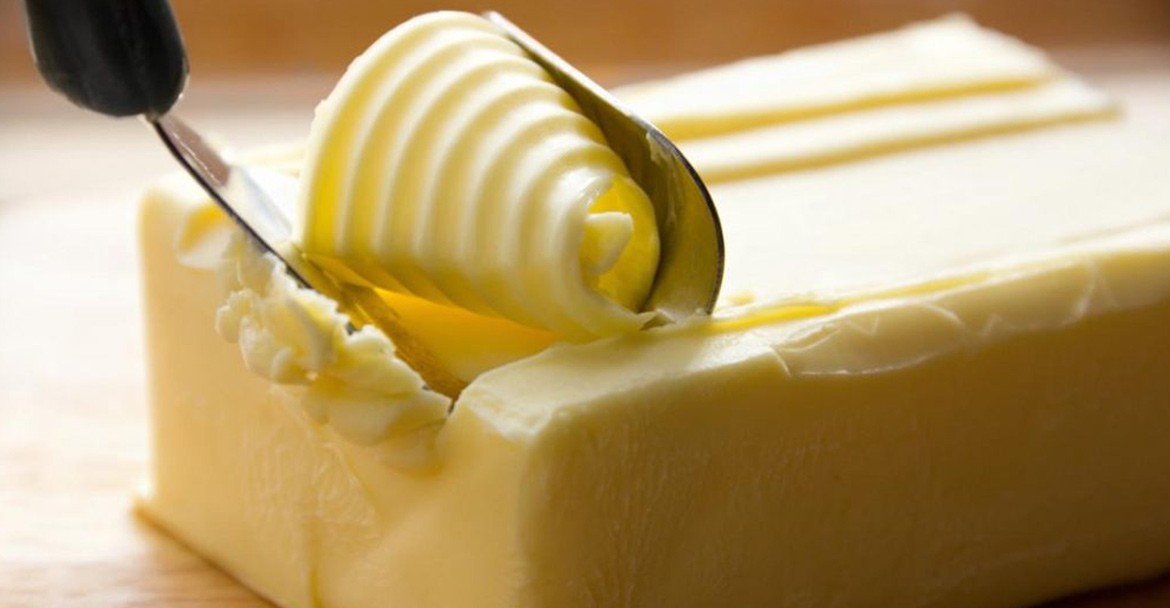Margarine and margarine-related products, such as spreads, are water-in-oil emulsions, where the structure and texture is determined by the amount of solid fat crystals within the fat phase. Besides the amount of solid fat, the right crystalline from of the fat is very important. Emulsifiers are able to create and stabilize the emulsion until the fat crystal network has been created by controlled cooling, while the cooling rate and the agitation have a great influence on promoting the right mixture of α, β’ and β fat crystals to achieve the desired texture.
Emulsifiers are able to secure the creation of a stable water-in-oil emulsion with small and uniform water droplets by lowering the interfacial tension between the water and the oil. In order to create margarines with more specific performances, such as for bakery application like cake, filling cream and puff pastry margarines, but also to produce spreads with a low or reduced level of fat, emulsifiers are usually used in combinations. By the use of the right combination of emulsifiers, it is possible to secure volume, softness and crumb structure in cakes, low density and stability in filling creams and, in the production of puff pastry, to secure plasticity and non-greasy surface of the margarine, besides secure lift of the dough and the lamination in the baked puff pastry.
The manufacturing of low fat and very low fat spread
For many years, when referring to reduced or low-fat spread, the fat content was between 35-to 65% by weight, but the trend, driven by consumers, has been for even lower fat content. Therefore, very low fat products have been developed to fulfil the demands for products containing fewer calories, but fewer calories, but still with a texture that has a pleasant mouth feel when consumed. The challenge to absorb large amounts of water and still maintain stable water-in-oil emulsifier has been solved by the use of new combinations of emulsifiers.
The emulsifiers are at the first mixed and added to the fat phase at about 45°C, and then the emulsion is obtained by addition of the water phase to the fat phase, where the temperature is maintained at about 45°C. Before the addition of the water phase, it is mixed and pasteurized to avoid microbiological activity. After the emulsion is formed, it is transferred to a chiller, where the emulsion is subjected to controlled cooling, together with agitation and kneading.
The use of PGPR will secure a stable viscous emulsion, which is very important before and under the process of crystallization to obtain the right fat crystal network. To maintain a stable water-in-oil emulsion, especially in a continuous fat phase as emulsion, especially in a continuous fat phase as low as 10% by weight, the right emulsifier mixture, in combination with the right agitation, has to secure water droplets in a certain size, otherwise the emulsion will

